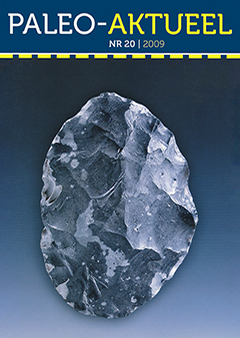Scheepswrak gedetecteerd met geofysische technieken
Samenvatting
A shipwreck detected by geophysical techniques. Since the introduction of side-scan sonar and multibeam, shipwrecks under water can be easily traced as long as they show as an anomaly at the surface of the seabed. On land, however, until recently no geophysical techniques seemed able to trace buried shipwrecks, because the physical and chemical properties (which play a role in geophysical measurements) of wood under wet conditions, especially when embedded in clay, and the surrounding soil differ very little. In January 2008 a pilot scheme to detect a buried shipwreck in the province of Flevoland, with a so-called groundtracer proved to be successful. The groundtracer makes use of two different techniques: a combination of radar and tracer. The Ground Penetrating Radar transmits electromagnetic waves that are reflected and received by sensors. The tracer measures the variations in the electromagnetic field at the surface, caused by the difference in structure of the subsoil. The combined data generated by the two techniques indicate anomalies in the subsoil. Thanks to technological improvements of these techniques it was possible to trace a shipwreck on land for the first time. The development of geophysical techniques to map the subsoil is so rapid that this spring a new transverse antenna was put into use, which receives waves with a higher frequency than the traditional antenna. With this innovation it is possible to detect not only shipwrecks in a subsoil consisting of clay, but also other archaeological features and phenomena.

